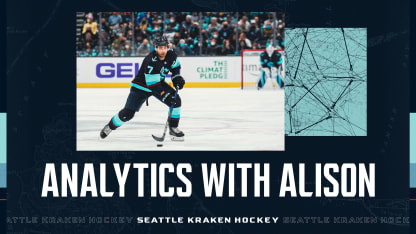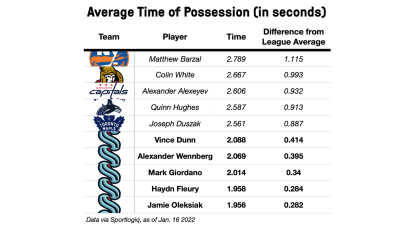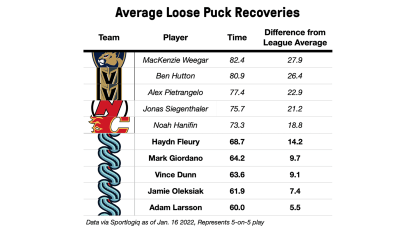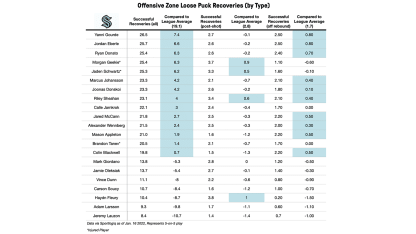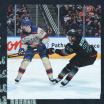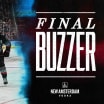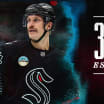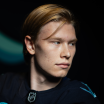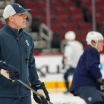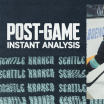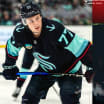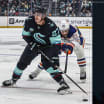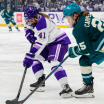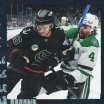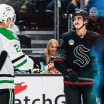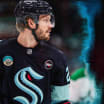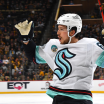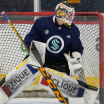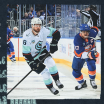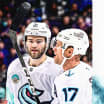When the Kraken were looking to get back into the win column, something head coach Dave Hakstol wanted to see his team improve was all that goes into gaining and holding possession of the puck.
"We needed to be a little bit more consistent in our heaviness on some of those pucks to come up with an extra possession along the way," Hakstol said Saturday night. "That's the bottom line… We can give a little bit more. (We need to) find a way to come up with an extra puck in those 50-50 situations. Get inside and find one extra rebound… we've got to be quick and evade, get out of that contact and then get to some open ice and spread the zone."
Analytics with Alison: Being Heavy on the Puck
As the Kraken look to bolster their offensive opportunities, we look at the different ways players can gain possession of the puck and how the Kraken stack up
